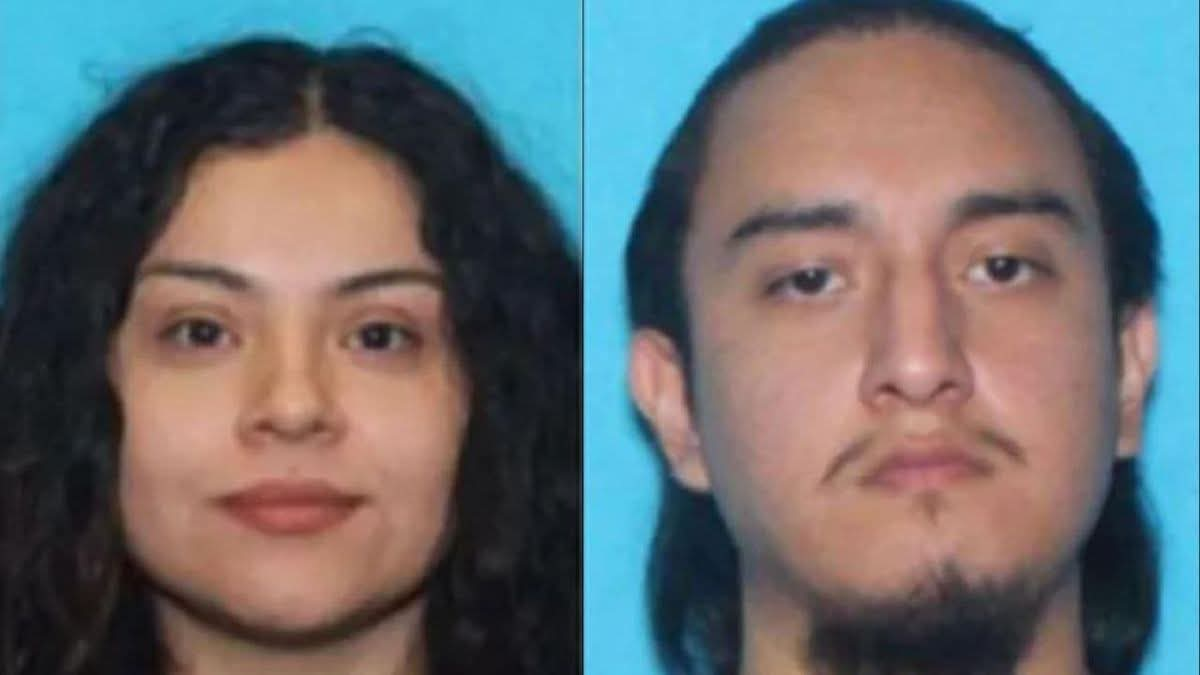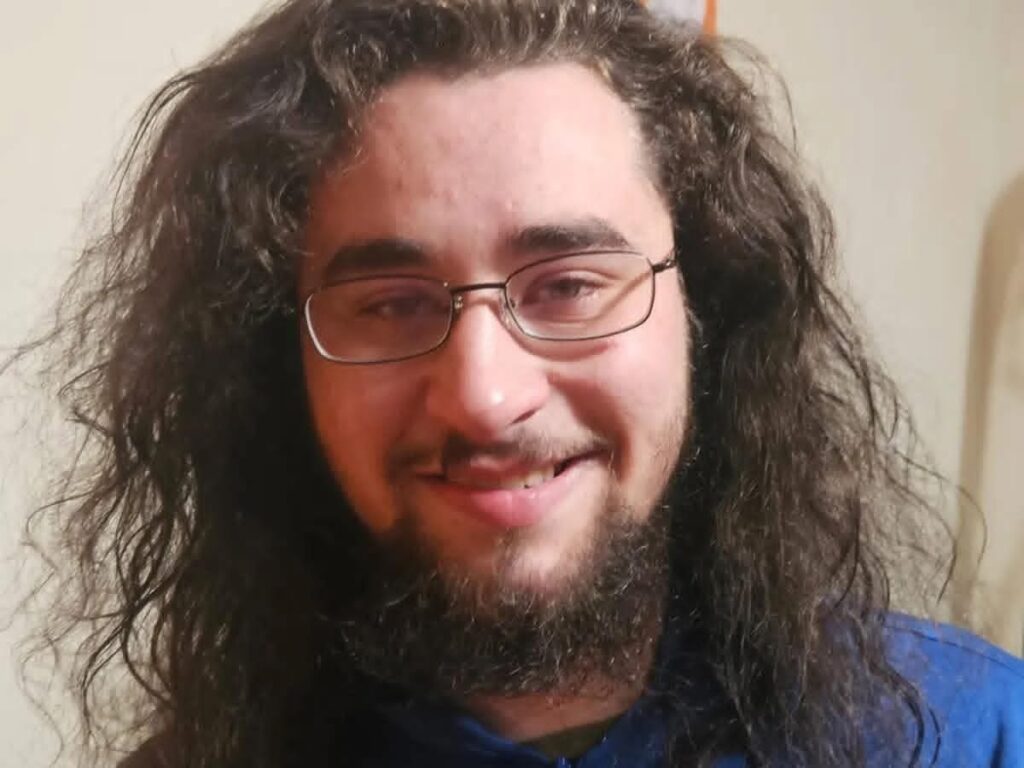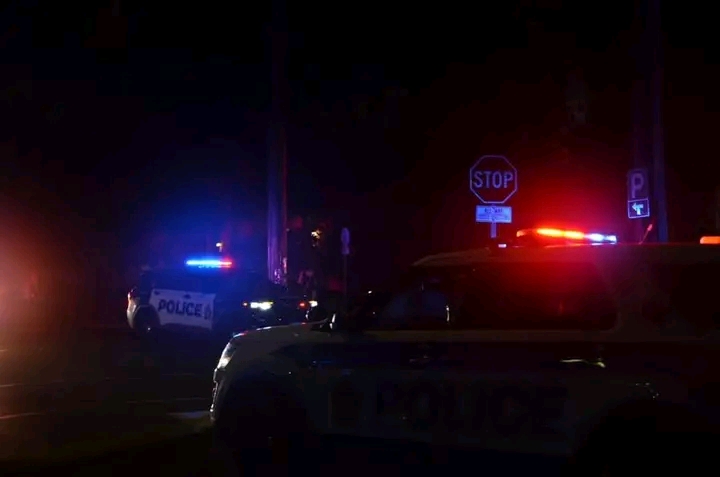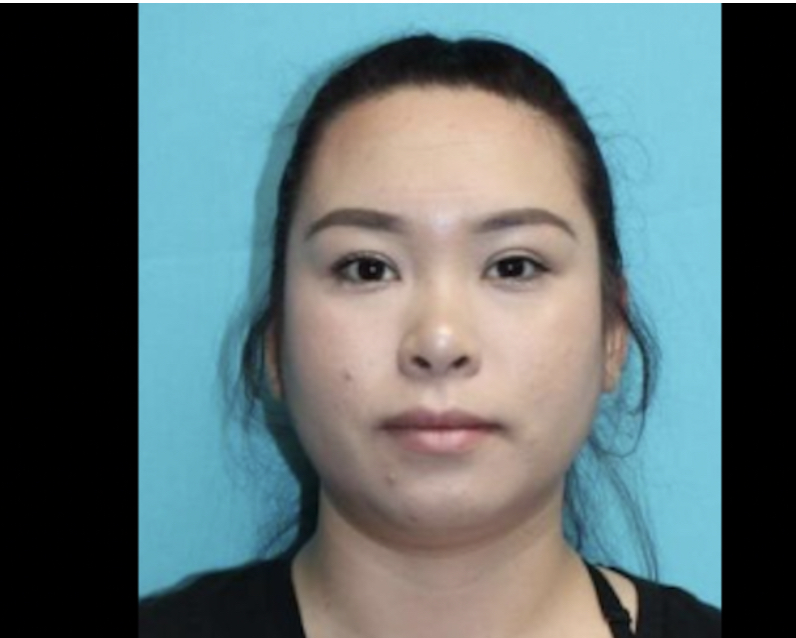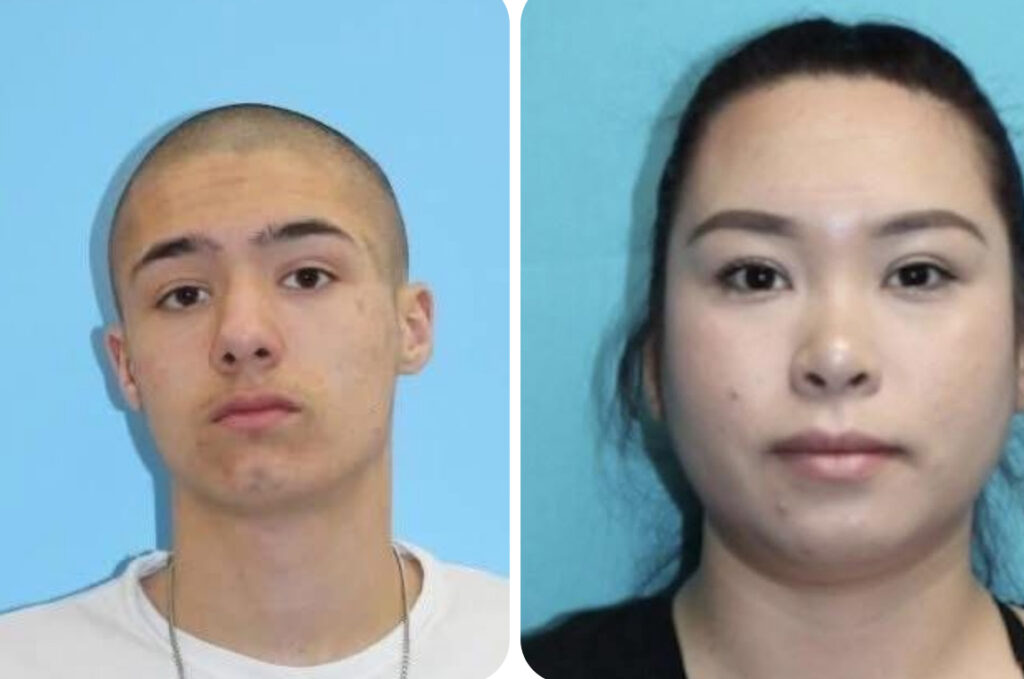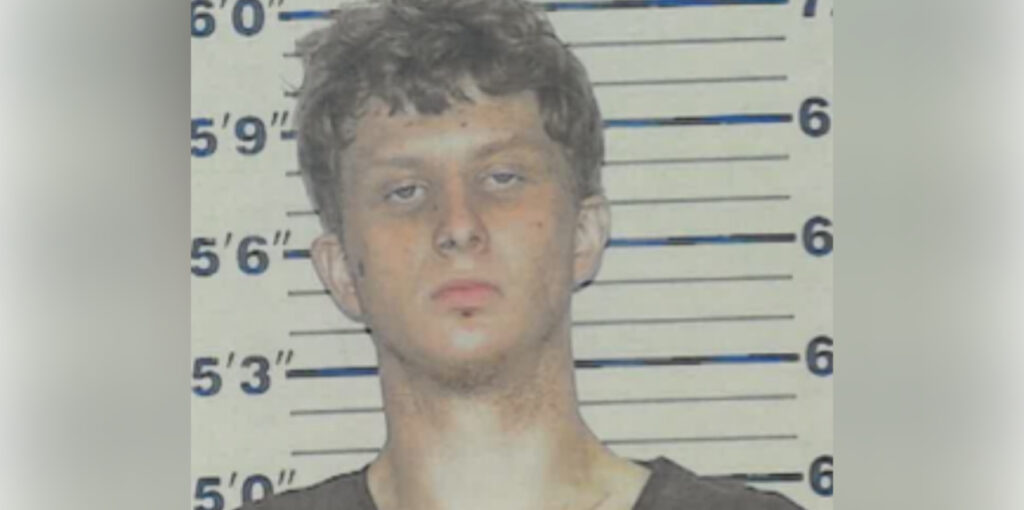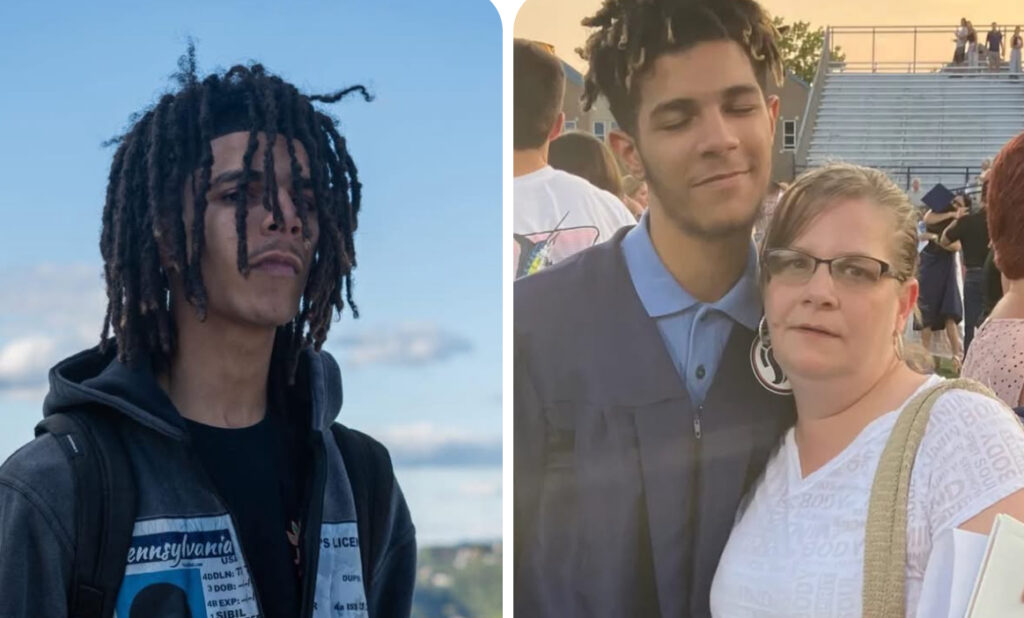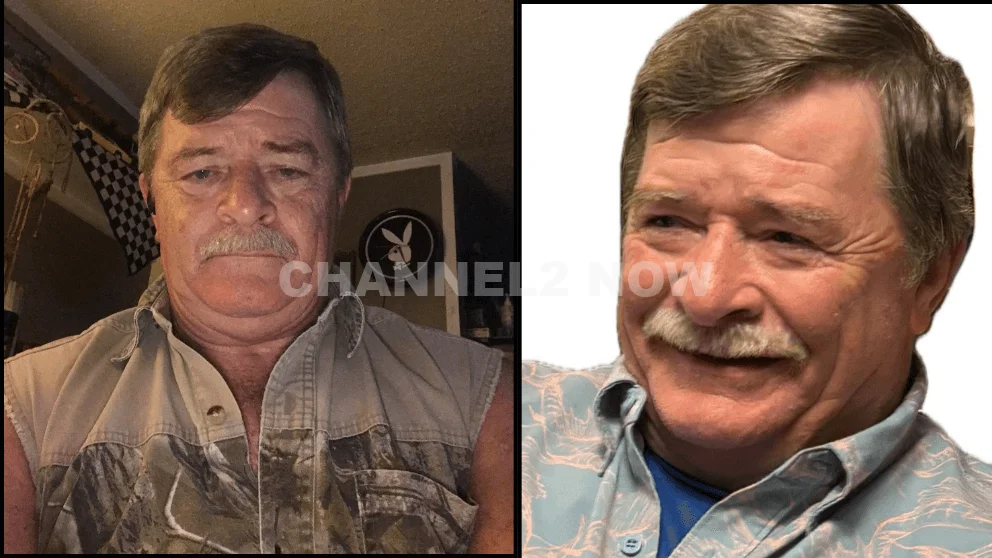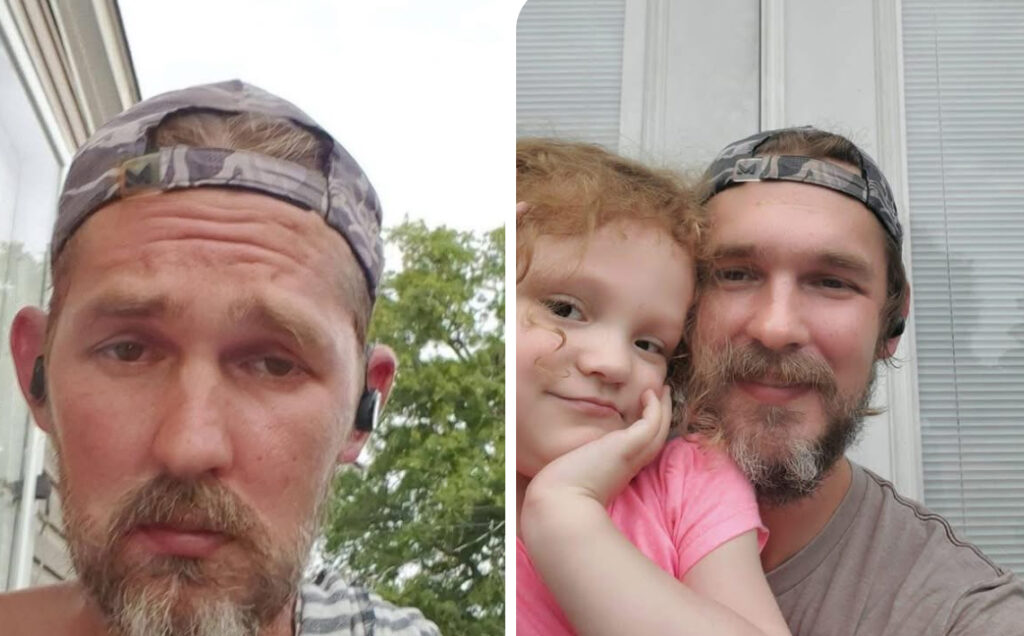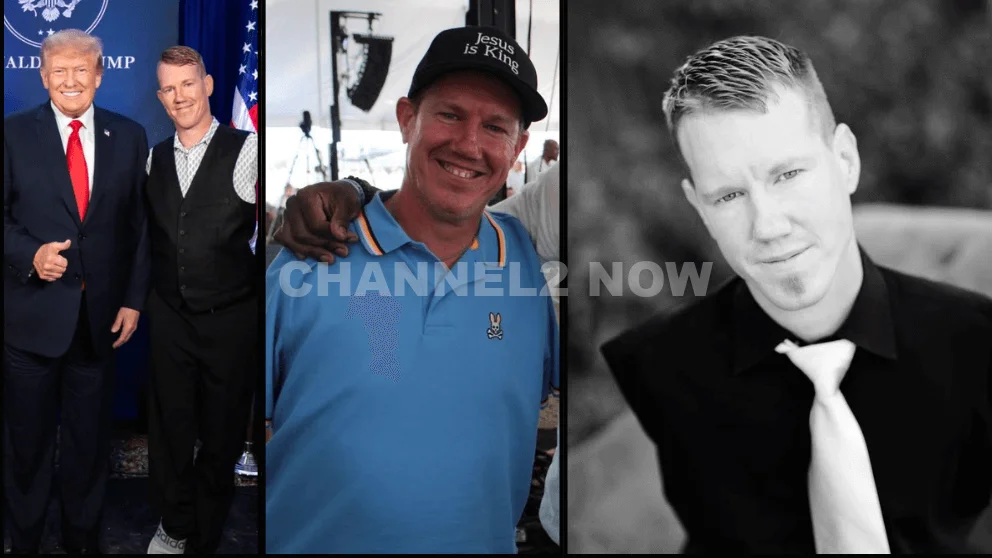Chicago, Illinois — On Saturday morning, October 4, 2025, two individuals were charged after a confrontation with federal agents in Chicago’s Brighton Park neighborhood led to a shooting. The incident occurred near the intersection of West 39th Street and South Kedzie Avenue, where U.S. Customs and Border Protection (CBP) agents were surrounded by vehicles. The suspects, identified as Marimar Martinez, 30, and Anthony Ian Santos Ruiz, 21, allegedly used their cars to ram and box in the agents’ vehicle. The agents, unable to move, exited their vehicle, and one agent fired five shots at Martinez. Martinez then fled the scene but was later found at a nearby repair shop and transported to a hospital with gunshot wounds. Ruiz was apprehended shortly after the incident. Both suspects face charges of forcibly assaulting, impeding, and interfering with a federal law enforcement officer.
The shooting has sparked widespread attention and concern, highlighting ongoing tensions between federal immigration enforcement agencies and local communities. The Brighton Park neighborhood, located on Chicago’s Southwest Side, has become a focal point in the national debate over immigration policies and the role of federal agencies in local law enforcement. The use of force by federal agents and the subsequent protests underscore the deep divisions and challenges facing cities like Chicago in balancing security and civil liberties.
In response to the incident, federal officials have criticized local authorities for their handling of the situation. The Department of Homeland Security (DHS) expressed frustration over what it perceives as a lack of cooperation from local law enforcement. DHS Secretary Kristi Noem announced the deployment of special operations units to assist federal personnel, and President Donald Trump authorized the deployment of 300 National Guard troops to Chicago. This move has been met with criticism from Illinois Governor JB Pritzker, who called the deployment an overreach and politically motivated. (The Washington Post)
The incident in Brighton Park is part of a broader pattern of confrontations involving federal immigration enforcement agencies. Earlier this year, a fatal shooting occurred in Franklin Park, Illinois, during an ICE operation. These events have led to increased scrutiny of federal immigration policies and their impact on local communities. Advocates for immigrant rights argue that such confrontations are indicative of a broader trend of aggressive federal enforcement that undermines trust between communities and law enforcement.
The shooting has also prompted protests in Chicago, with demonstrators gathering near the scene to express their opposition to federal immigration enforcement practices. Federal agents responded to the protests using pepper spray and rubber bullets, leading to further tensions. The Chicago Police Department responded to maintain safety but reportedly declined to assist DHS in securing the area. This has raised questions about the role of local police in federal operations and the coordination between different law enforcement agencies.
As the investigation into the Brighton Park shooting continues, both federal and local officials are facing pressure to address the underlying issues that led to the confrontation. Calls for transparency and accountability are growing, with community leaders demanding a thorough investigation and a reevaluation of federal immigration enforcement strategies. The outcome of this case may have significant implications for future interactions between federal agencies and local communities, particularly in cities with large immigrant populations.
The Brighton Park shooting serves as a stark reminder of the complexities and challenges inherent in immigration enforcement. It underscores the need for policies that balance security concerns with respect for civil rights and community trust. As the nation continues to grapple with these issues, the events in Chicago may serve as a catalyst for broader discussions and potential reforms in immigration enforcement practices.
In the coming weeks, federal and local authorities will likely face increased scrutiny as they navigate the aftermath of the Brighton Park incident. The public’s response, including ongoing protests and calls for reform, will play a crucial role in shaping the future of immigration enforcement in Chicago and across the country.
As the investigation unfolds, it is essential for all parties involved to prioritize transparency, accountability, and dialogue. Only through open communication and a commitment to justice can the underlying issues be addressed and steps taken toward building trust between law enforcement and the communities they serve.
The Brighton Park shooting is not just an isolated incident but a reflection of broader national debates over immigration, law enforcement, and civil rights. How this situation is handled will have lasting implications for federal-local relations and the future of immigration policy in the United States.
In conclusion, the events in Chicago’s Brighton Park neighborhood highlight the urgent need for comprehensive immigration reform and improved coordination between federal and local law enforcement agencies. Only through collaborative efforts and a commitment to justice can the challenges posed by immigration enforcement be effectively addressed.

